Humanity is embarked on a tireless quest to find life on other worlds in the Solar system. Or is it? The truth is that this idea does not quite correspond to reality. In the history of space exploration, there has only been one mission specifically dedicated to the search for extraterrestrial life: Viking. It landed twin probes on Mars in 1976.
Even so, space exploration has provided us with enough data to guess which planets or stars might have the best conditions for life. Let’s take a look at the five places in the Solar System beyond Earth that appear to be the most habitable:
Mars
The eternal mystery of whether microbial life exists on Mars was left unanswered in 1976 by the Viking probes, which produced confusing results. Since then, other missions have attempted to determine whether the components necessary for life as we understand it are present on Mars. One of these is carbon; in recent years, a fluctuating presence of methane, the simplest organic molecule, has been discovered in the Martian atmosphere. Most terrestrial methane is of biological origin, but the source of the Martian gas is still a mystery. On the other hand, the presence of more complex organic molecules was confirmed by the Curiosity rover in 2018, and later by the Perseverance rover in 2023.
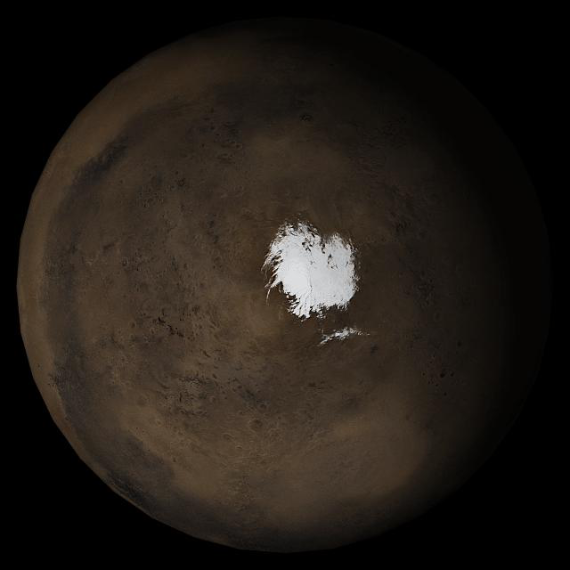
Another prerequisite for life is the presence of liquid water. In 2011, what appeared to be seasonal flows of brine were detected trickling down the Martian slopes, but subsequent studies have concluded that this was probably just dry sand. However, in July 2018, the likely presence of a large liquid lake beneath the ice at Mars’ south pole was revealed, and subsequent studies have confirmed this. In short, although the chemistry of the Martian soil does not seem optimal for life, all bets are still off.
Europa
The smallest of Jupiter’s four large moons—slightly smaller than Earth’s moon—has for decades been at the forefront of speculation about the existence of life elsewhere in the Solar System. The main reason is the large ocean of liquid water thought to exist beneath its icy crust, a hypothesis that is consistent with observations but has yet to be confirmed. The mass of water, which can reach depths of 100 kilometres under an ice surface of between 10 and 30 kilometres, could be more than twice the volume of Earth’s oceans. Europa’s ocean would be kept liquid by the heat generated by tidal friction due to Jupiter’s strong gravity.
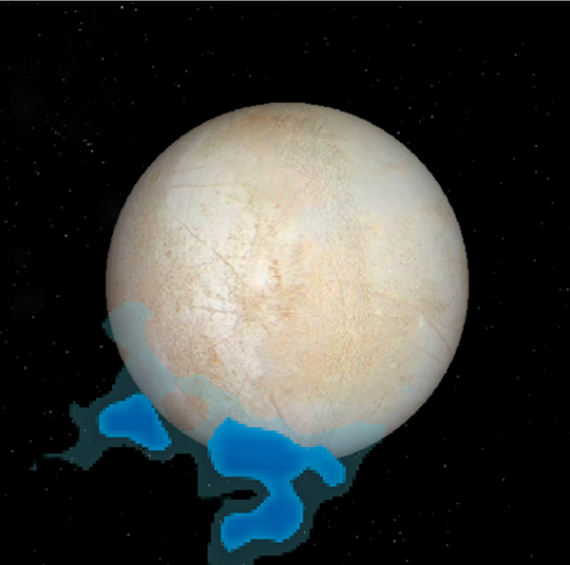
Analysis of data obtained by NASA’s Galileo probe in 1997 confirmed that Europa’s ocean expels geysers through the ice, which would make it easier to analyse its composition without having to land a probe on the surface. The presence of chemical elements essential for life, such as carbon, oxygen, hydrogen, nitrogen, phosphorus and sulphur, has also been postulated. However, a 2024 study has tempered expectations of life on Europa by suggesting that the moon may produce far less oxygen than previously thought. Scientists hope that two new missions to Jupiter, ESA’s Jupiter Icy Moons Explorer (JUICE), launched in 2023, and NASA’s Europa Clipper, scheduled for launch in October 2024, will provide new data on Europa’s habitability conditions.
Enceladus
The case of Enceladus is similar to that of Europa. However, on this moon of Saturn (only 500 kilometres in diameter), the presence of water vapour geysers was confirmed in 2005 and 2008 by the Cassini probe, which has also detected other components such as methane, nitrogen, carbon dioxide, ammonia and complex organic molecules, all compounds of interest in biology. There is also strong evidence for the presence of a salty ocean beneath its ice cap, originally thought to be confined to the southern hemisphere, but now believed to occupy the entire length of the moon.
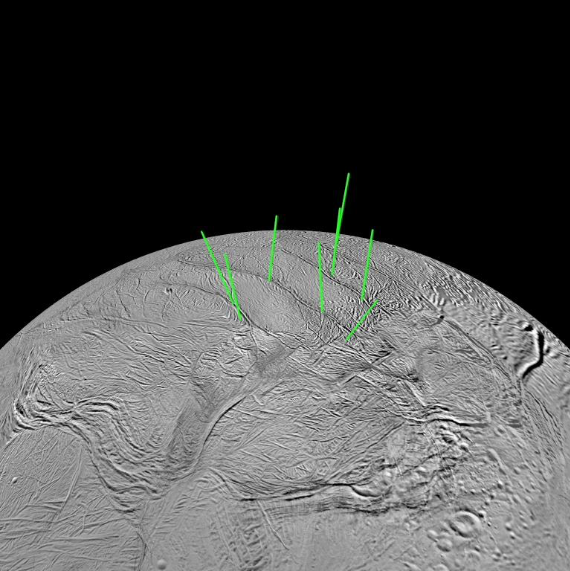
In addition to the ocean’s favourable chemical composition, evidence of hydrothermal activity beneath the surface has made Enceladus a strong candidate for life. In fact, just as recent studies may have reduced the likelihood of life on Europa, the odds for Enceladus have gone up a notch: in 2023 it was discovered that its ocean contains phosphates, essential ingredients for biology. The scientists responsible for this discovery have developed a method that would allow NASA’s soon-to-be-launched Europa Clipper probe to detect the presence of cells in Enceladus’ geysers.
Titan
Saturn’s largest moon is the only world in the outer Solar System world where a terrestrial instrument has landed: ESA’s Huygens probe in 2005. For 90 minutes, Huygens sent back hundreds of images of Titan’s surface, covered in ice and rocks.
Titan lives up to its name as the second largest moon in the Solar System, 50% larger than Earth’s satellite and possessing two unique features: it is the only moon with a dense atmosphere and the only known world other than Earth with liquid masses on its surface. These are not water, but methane, and these lakes and seas could be inhabited by microbes capable of consuming hydrogen instead of oxygen and producing methane instead of carbon dioxide.
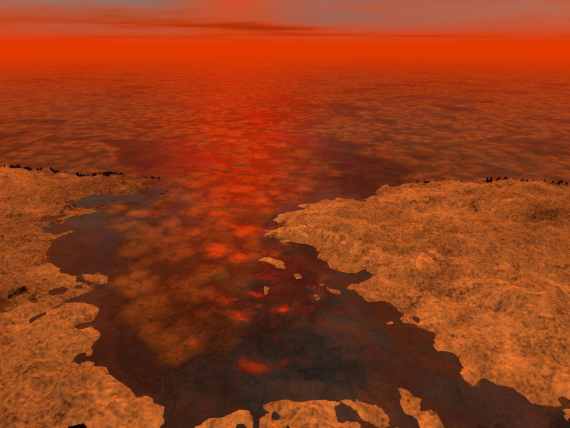
In addition, the possible liquid-water ocean beneath Titan’s surface could also host life forms more similar to those found on Earth or on other moons such as Europa or Enceladus. However, this hypothesis has recently lost its shine with the discovery in 2024 that the transfer of organic molecules necessary for life from the surface to the ocean beneath the ice is likely to be very small, insufficient to support a biosphere. Unless there is an internal source of this material, such a finding reduces the chances of life in Titan’s ocean. NASA plans to send a drone called Dragonfly to the moon in 2028 to explore the surface and analyse its habitability.
Ganymede
Ganymede is almost as big as a planet: this satellite of Jupiter is the ninth largest object in the Solar System, behind Mars and ahead of Titan and Mercury, and is the only moon with its own magnetic field; Earth’s magnetic field protects us and all the creatures who live on it. In 2015, data from the Hubble Space Telescope on the movement of auroras caused by this magnetic field confirmed the presence of a salty ocean about 100 kilometres thick, hidden under 150 kilometres of ice.
It is now speculated that this may be the most water-rich object in the Solar System, perhaps up to six times more than the Earth’s surface, and that its interior may form a sandwich with several layers of ice and liquid water. The possibility that the innermost layer of water is in contact with the inner rocky mantle increases the opportunities for life, as this interface provides necessary elements for biology. In 2021, Hubble data revealed the presence of water vapour in Ganymede’s low oxygen atmosphere, and in 2023 salts and organic compounds were reported on the surface, which would come from the inner ocean. Ganymede will be the main target of ESA’s JUICE mission, launched in 2023 and due to reach the Jupiter system in 2031, and will also be studied by NASA’s Europa Clipper, which will arrive a year before the European probe.
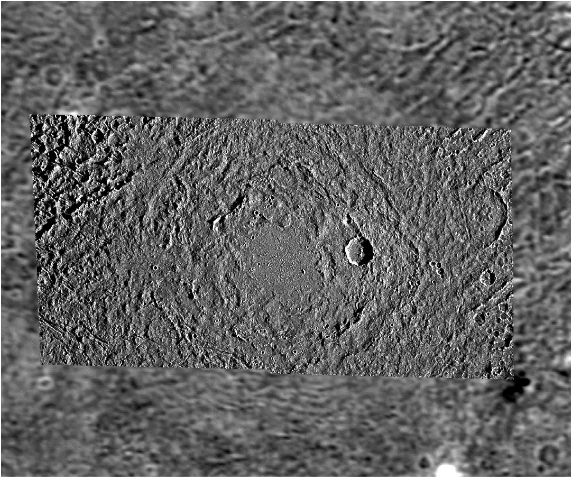
So far, these are the five worlds that are currently considered most likely to support life, but they are not the only ones; others such as Venus, Callisto (Jupiter’s moon) or even Pluto could host habitable environments. Unfortunately, we are a long way from solving these unknowns: experts say that designing experiments that can travel aboard a robotic probe to confirm the presence of life on other planets or moons is no easy task.
Then there is another obstacle that has come to the fore in recent years: planetary protection, a policy enshrined in Article IX of the UN Outer Space Treaty, which advises against sending probes to the extraterrestrial enclaves most likely to harbour life because of the risk of contamination with terrestrial microbes. This, coupled with the high cost of potential missions, means that the possibility of finding extraterrestrial life in the Solar System is still a long way off.
Comments on this publication